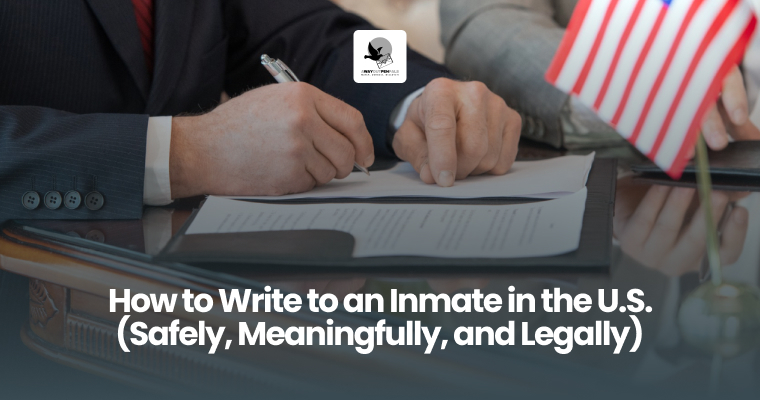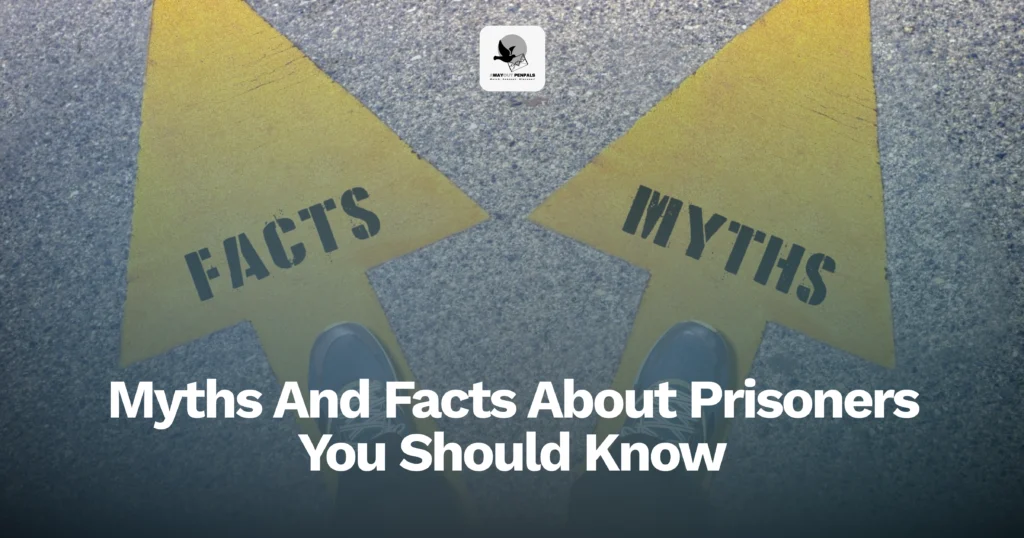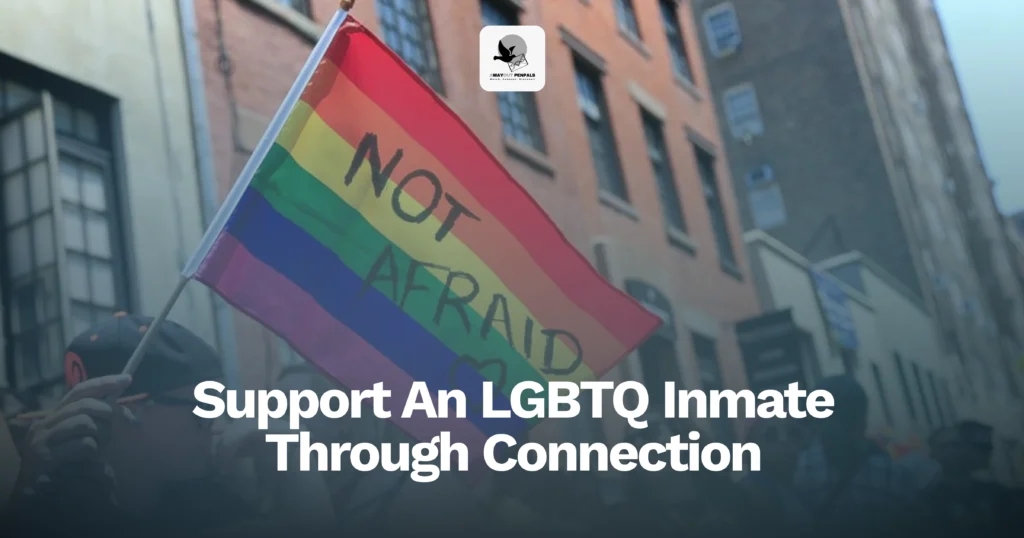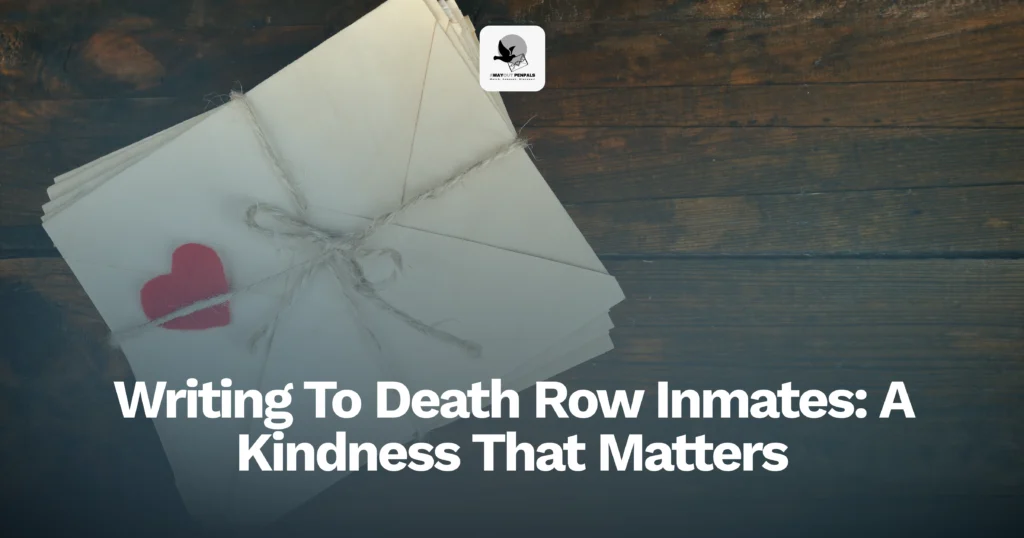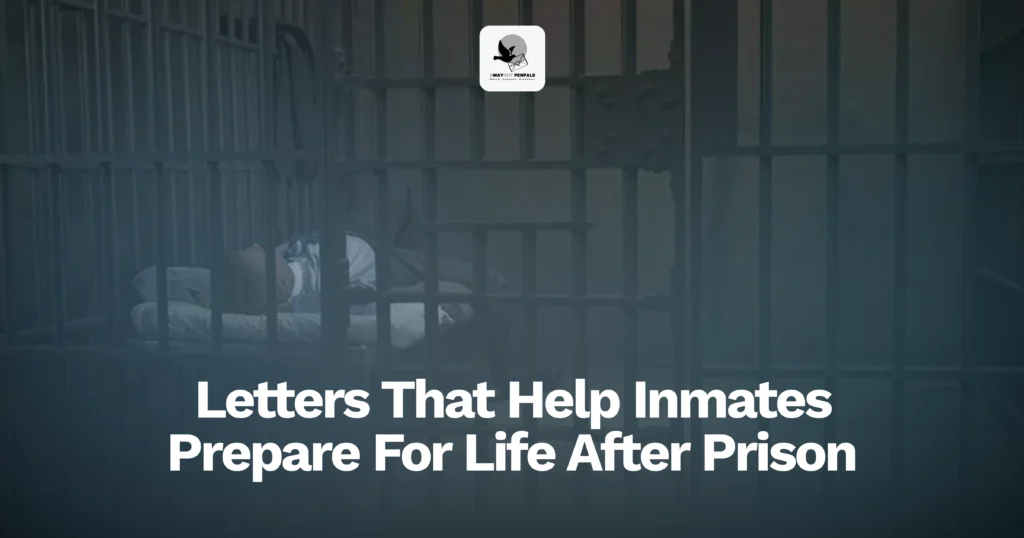Every year, around 1.2 million people with mental health problems end up in jail or prison.
Sounds shocking, right?
These aren’t just numbers; these are real people who needed help but ended up in prison. And let’s be honest, mental health in prison isn’t something the system is equipped to deal with even if it makes things worse.
In this post, we’ll break down the real story of mental health in prisons, what life in prison is like for them, how their conditions are handled, and what happens to their mental state after release. You’ll also learn about something called Post-Incarceration Syndrome, a condition many former inmates silently deal with.
So, let’s talk about it. What does mental health in prison actually look like? And what happens to someone’s mind when they’re locked away for years?
The Silent Struggle: Mental Health Issues in Prisons
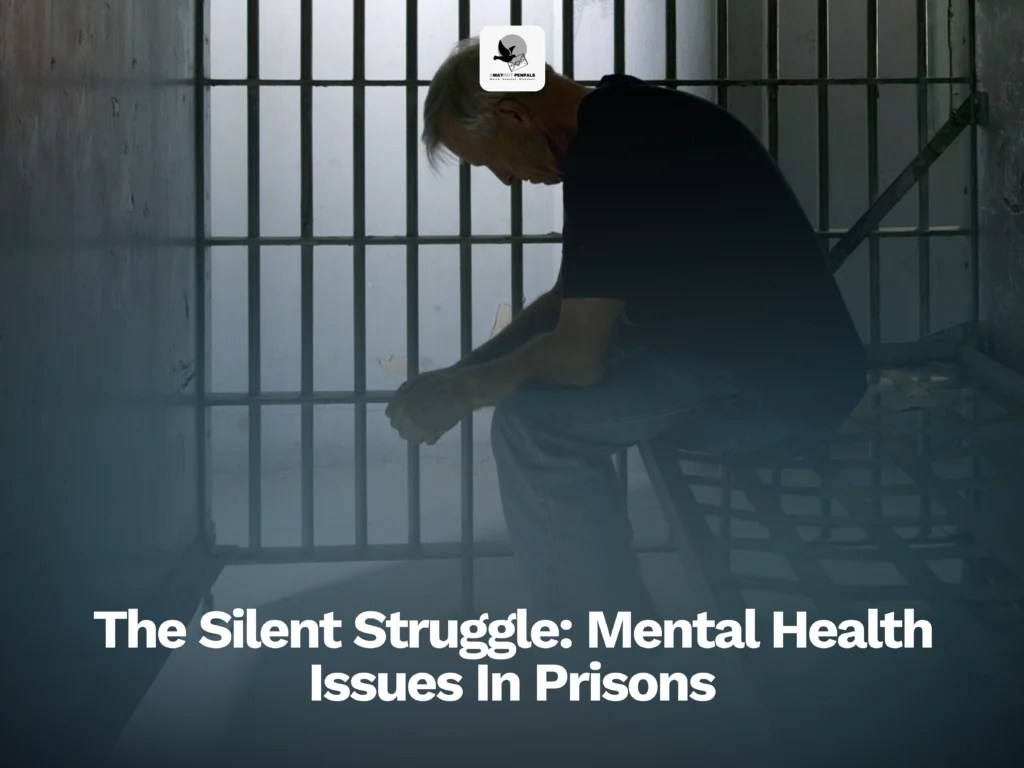
Let’s start with the basics. Did you know that mental health issues in jails and prisons are significantly higher than in the general population?
A broader 2017 survey found that 37% of prisoners had a history of mental health issues, while the rate was 44% in jail populations.
But it’s not just about numbers. The prison environment itself, loud, unpredictable, and isolating, can worsen existing conditions and even trigger new ones.
Imagine you’re already struggling with anxiety or PTSD, and then you’re put in a place where you’re always being watched, surrounded by people you don’t know, and there’s no way to get away from fights or problems. The psychological effects of imprisonment are very real and incredibly damaging.
Prison Isn’t Treatment: The Mental Health Crisis No One Talks About
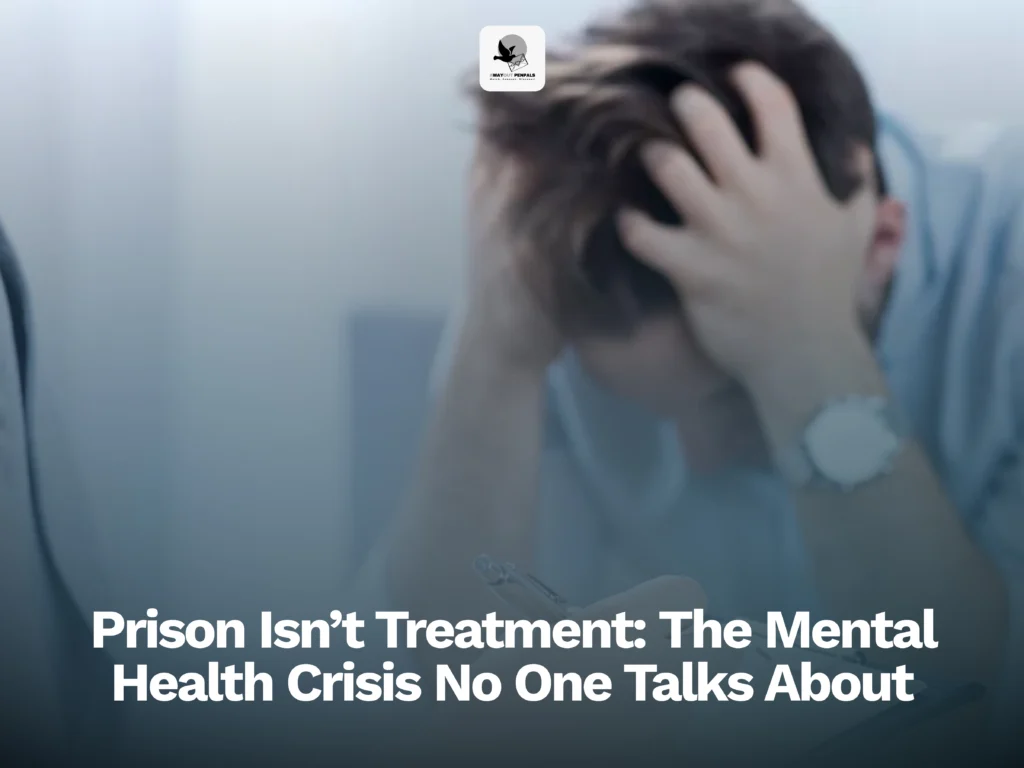
Here’s the tough part: mental disorders in prison often go untreated.
There are fewer facilities, and prisons are ill-equipped to offer proper mental health care. Even when services are available, there’s a stigma around seeking help, especially in a place where vulnerability can be seen as weakness.
So what happens?
Conditions worsen. Behaviors escalate. And sometimes, individuals are punished for symptoms of their illness rather than being helped. For example, someone with schizophrenia may end up in solitary confinement for “acting out,” even though they’re really in the middle of a mental health crisis.
Does that sound like a system that’s built to rehabilitate?
What Is Post-Incarceration Syndrome (PICS)?
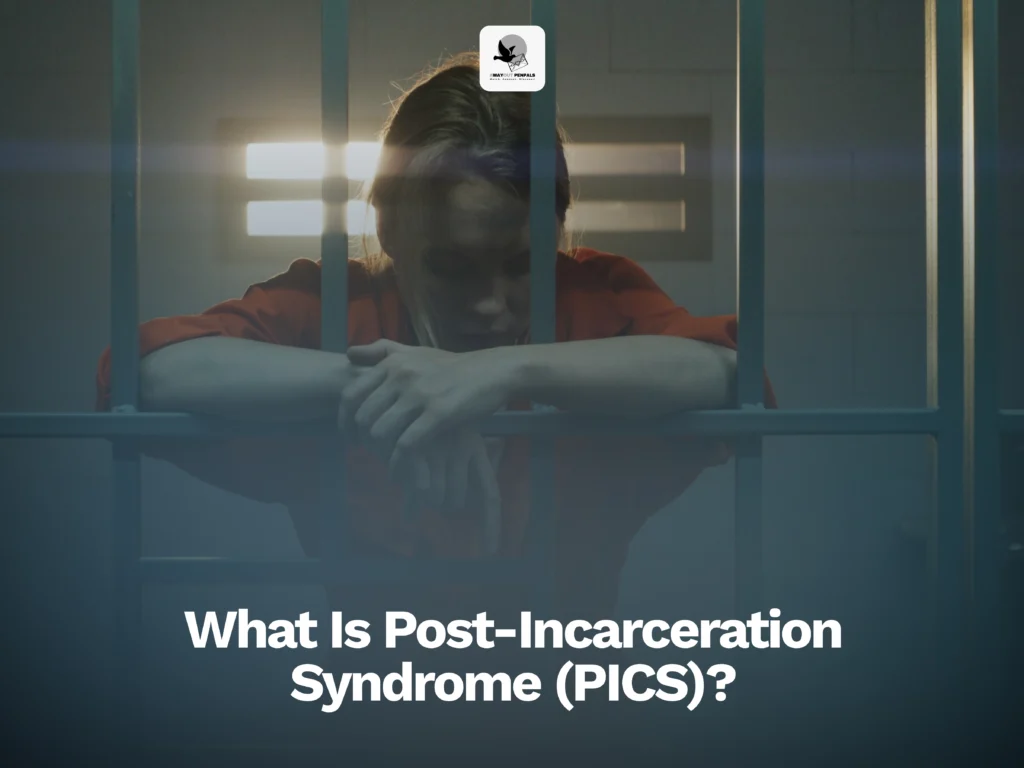
Now, let’s talk about what happens after someone gets out. Because the struggle doesn’t end at release.
Ever heard of Post Incarceration Syndrome?
It’s a condition that mimics PTSD, depression, and anxiety, and it affects people who’ve spent long periods behind bars. Post-incarceration syndrome symptoms can include:
Symptoms of Post-Incarceration Syndrome :
- Emotional numbness
- Aggression or irritability
- Paranoia
- Difficulty forming relationships
- Flashbacks or nightmares
- Self-isolation
So if you’ve ever wondered how long post-incarceration syndrome lasts, the truth is… it varies. For some, it may linger for months. For others, the psychological scars can last a lifetime, especially without proper therapy or support.
This is why re-entry programs with mental health support are so important.
Depression:
According to estimates, 15% to 30% of prisoners experience symptoms of depression, compared to about 7% in the general public.
Being locked away means isolation, losing control over your life, and being cut off from family and friends. No doubt, this can lead to a feeling of hopelessness and sadness.
Anxiety Disorders:
Roughly 15-20% of incarcerated people deal with anxiety disorders, while the general population’s rate is around 18%.
Living in overcrowded, unpredictable, and sometimes violent conditions boosts stress, causing a lot of anxiety.
Substance Use Disorder:
Many people behind bars have a history of turning to drugs or alcohol to cope with stress and emotional pain.
Background factors like poverty and lack of support make substance use more common.
About 65% of incarcerated individuals have substance abuse or dependence histories, far higher than the under 10% prevalence in the general population.
Bipolar Disorder, Schizophrenia, and Other Psychotic Disorders
The intense stress of prison life can worsen mood disorders and psychotic symptoms. Sadly, prisons often lack enough trained mental health professionals or personalized treatment options.
It’s estimated that 10% or more of inmates have severe mental illnesses like schizophrenia or bipolar disorder. In contrast, schizophrenia affects less than 1% of the general population, and bipolar disorder affects about 1.5%.
Personality Disorder
Certain personality disorders, like borderline or antisocial personality disorder, are common in prison.
The behaviors linked to these disorders can create conflicts in such a tense environment.
Some estimates suggest that up to 50% or more of prisoners have a personality disorder, which is much higher than the rates found outside prison.
Suicide in Jails and Prisons: The Unspoken Crisis
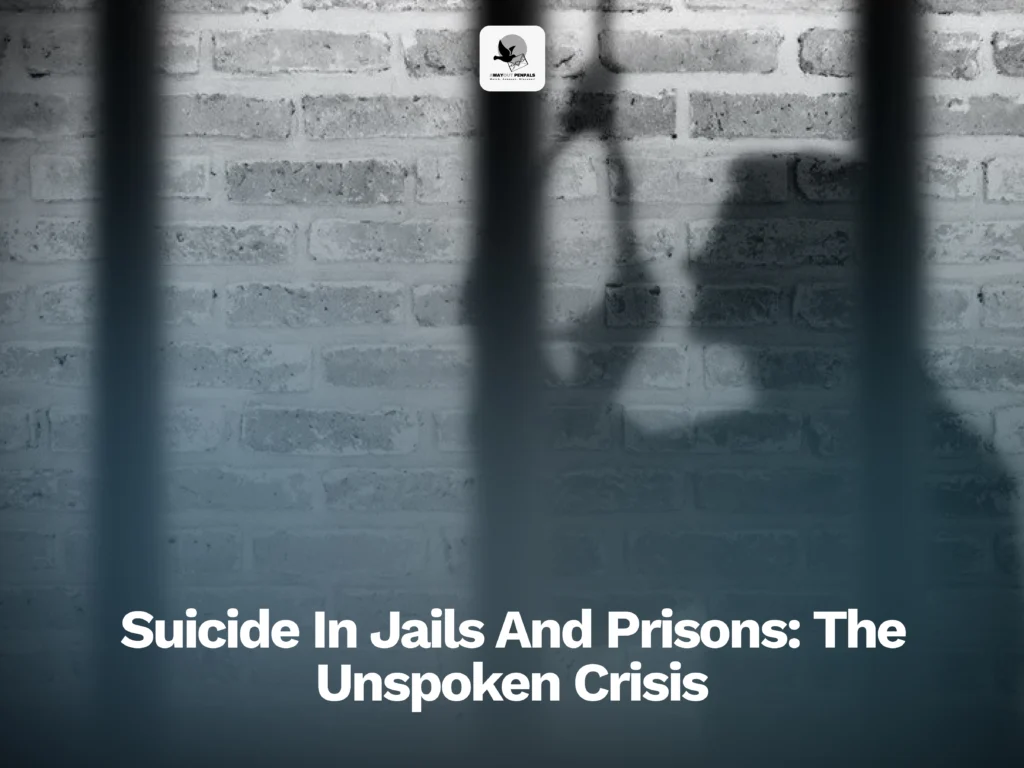
Here’s another heartbreaking reality: suicide is one of the leading causes of death in jails and prisons.
Why? Because people feel hopeless. They feel forgotten. And they don’t know where to turn for help.
Many incarcerated individuals are already battling mental illness before they enter the system. Add to that the trauma of incarceration, lack of human connection, and minimal access to mental health care, and it’s a dangerous recipe.
And yet, this issue doesn’t get talked about nearly enough.
So… What Can Be Done?
Great question.
To improve mental health in prisons, we need to address both prevention and treatment. That includes:
- Early intervention: Mental health screenings during intake.
- Access to care: Regular therapy sessions, medication management, and trained staff.
- De-stigmatization: Encouraging open conversations about mental health among inmates.
- Training correctional officers to recognize symptoms of mental illness instead of responding with punishment.
- Post-release support: Programs that help with therapy, housing, and job placement.
As Mental Health America rightly puts it, people with mental illness deserve treatment, not punishment.
Final Thoughts:
It’s easy to dismiss prisoners as “criminals” and forget about their humanity. But the reality is, many of them are dealing with severe, untreated mental health conditions that are only made worse by incarceration.
So, ask yourself:
Are prisons solving the problem, or making it worse?
And what kind of system do we want to build instead?
Because if we truly believe in justice and rehabilitation, then mental health has to be part of the conversation.
Looking for ways to make a real difference in the lives of those rebuilding after incarceration?
At A Way Out Pen Pals, we believe that meaningful connections are key to healing. Our platform helps people inside prison build supportive friendships with those outside, because no one should have to face the road to recovery alone.
Curious how a simple letter can change a life? Visit us to hear inspiring stories and learn how you can help build bridges to a better future.
FAQs
1. What is post-incarceration syndrome?
Post incarceration syndrome (PICS) is a set of emotional and psychological challenges that many people face after being released from prison. It’s not an official diagnosis, but it describes things like anxiety, depression, PTSD, and difficulty adjusting to normal life. After spending time in a highly controlled, often traumatic environment, people may struggle with trust, social interaction, and feeling safe, even in everyday situations.
2. How long does post-incarceration syndrome last?
There’s no fixed timeline. For some, the symptoms may fade after a few months of support and stability. For others, it can last for years, especially if they don’t have access to counseling, employment, housing, or a strong support system. The trauma from incarceration can leave long-term emotional scars that take time, care, and resources to heal.
3. What are the common psychological effects of imprisonment?
Imprisonment can take a serious toll on mental health. Common effects include:
- Depression
- Anxiety
- Post-traumatic stress disorder (PTSD)
- Paranoia or hypervigilance
- Social withdrawal or emotional numbness
- Sleep disturbances and anger issues
The longer someone is incarcerated, especially in solitary or violent environments, the more intense these effects can become.
4. Why is suicide so common in jails and prisons?
Suicide rates are significantly higher in jails and prisons than in the general population. Reasons include:
- Sudden shock of incarceration
- Lack of mental health care
- Isolation and loneliness
- Fear of violence or abuse
- Hopelessness about the future
- Shame and disconnection from loved ones
Inmates with untreated mental illnesses or past trauma are especially at risk.
5. How are mental health issues in jails different from those in the general population?
Mental health problems in jails tend to be:
- More severe and often undiagnosed or untreated
- Made worse by stressful and violent conditions
- Linked to substance use, trauma, and poverty
- Handled with punishment rather than therapy (e.g., isolation instead of counseling)
People in jail often enter with existing mental health issues, and incarceration can make them worse due to a lack of care and support.


